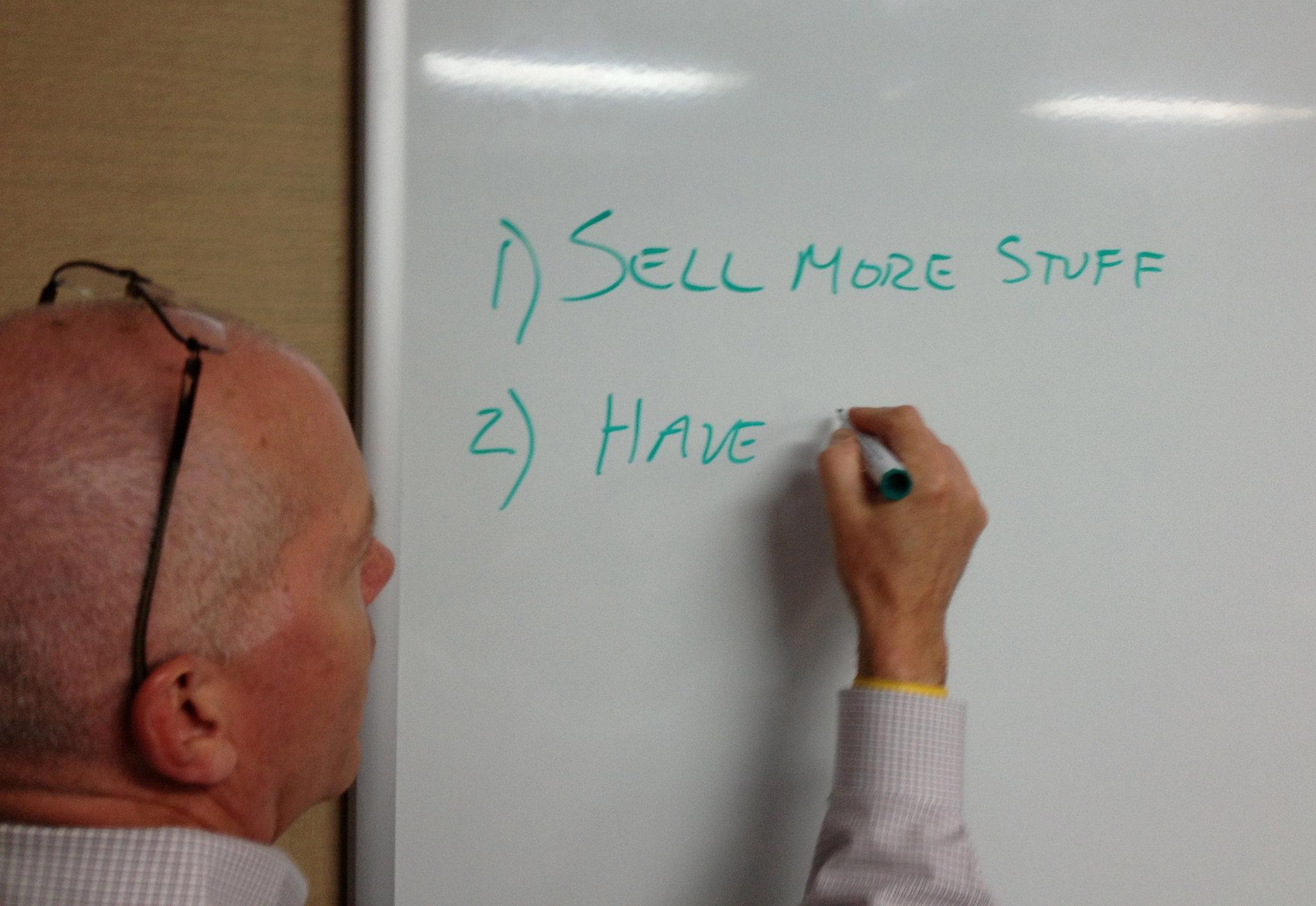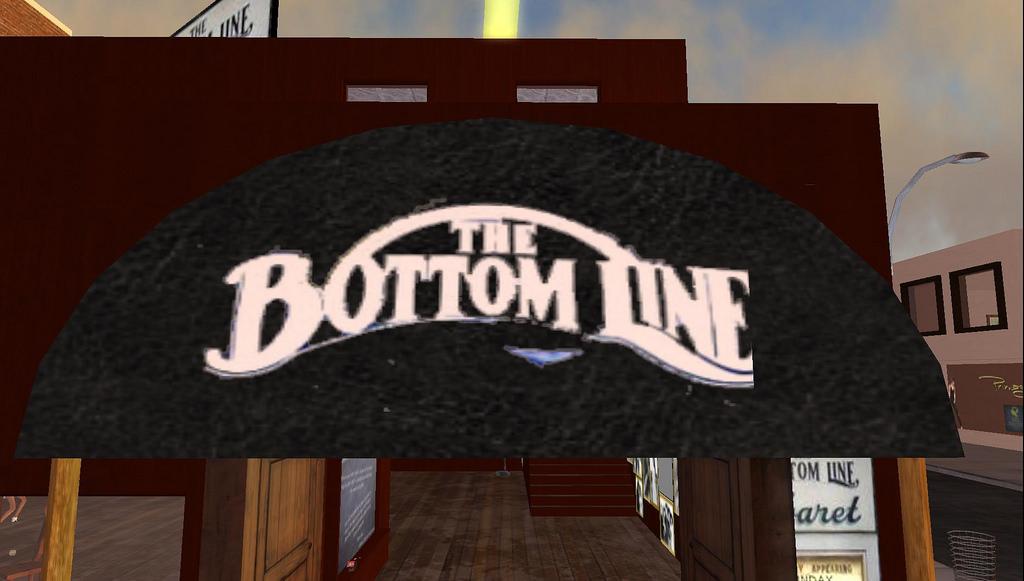Ecommerce Tips: How to Prepare for a Successful Holiday Season

Valentine’s Day is THE dinner date of the year. Practically all of coupledom from the newly dating to those happily married for many, many moons head out to eat somewhere. Such great demand would seem like a no brainer for the “Grand Opening” of a new restaurant, correct?
But what if you get that full house of love birds and find out that your dishwashers can’t keep up? You scheduled plenty of staff to plate up and serve the food, but suddenly there are no clean dishes to do so. A perfectly cooked, medium rare petite filet progresses to well done and then into the garbage.
Bad enough that you made a bad first impression on frustrated and hungry patrons, but you did it on THE dinner date night. When asked by friends, family and coworkers the next day “How was your Valentine’s Day?” it won’t be tales of hearts and flowers on their lips. And in the time of Yelp, photos of your wait staff standing around with no food to serve would be posted with the caption, “OMG, I was a V-Day prisoner forced to survive on just bread and water!”
That potential nightmare is why an experienced restauranteur would have preceded a V-Day opening with a quieter “soft opening.” Opening the doors weeks prior with little fanfare to ease into operations and work out any bugs. When the dishwasher problem comes up with a smaller crowd, a bit of urgent hand washing avoids bad first impressions (and provides time to change out the equipment before the big day).
Restaurant Soft Opening = Lessons for Holiday E-commerce
So what does opening a restaurant have to do with launching an e-commerce site for the holidays? The potential issues of going live with a big sales event on Cyber Monday are likely obvious from the above. Replace patrons waiting for food with online shoppers waiting for product pages to load or payments to process (and so much easier to click away from a site than to walk out of a restaurant after ordering). And instead of Yelp, your “review” would be on SiteJabber.
A subtler and more important point is the planning and lead time necessary for a soft launch preceding your big Cyber Monday sales event. Assume for now that your e-commerce business plan adequately dealt with issues of geographic scope, shipping and customer service policies, staffing, etc. (more on that stuff below). For now, consider a “quick and dirty” time line for implementing your plan (working backwards):
Before October ends, promoting and putting on a smaller special event to “stress” your site via increased traffic (e.g., a “Spook-tacular” pre-Halloween 50% off sale to somewhat replicate your Cyber Monday sales event). That
leaves 3 or 4 weeks to fix any technical glitches
(as well as potentially tweak your promotional plan if it didn’t produce the desired traffic).
Going live with a soft launch by early October so the site is operational leading up to your special test event. If you’re effectively promoting the event, there will be visitors browsing your product catalog in anticipation.
Depending on your product catalog size and site features (e.g., maybe it has a product configurator to play with product options), a developer’s
minimum build time could be 4 to 6 weeks
, but more likely 6 to 8 for a medium sized, somewhat robust site.
Even the calendar challenged should recognize that the site build should commence in August. Also keep in mind that a good e-commerce developer will be in more demand and busier preceding the holidays. So even if you risk going live closer to Cyber Monday, your developer’s workload might not allow that truncated timeline (unless you’re willing to pay a premium for the OT involved with an expedited build).
The Plan Before the Plan for Holiday E-commerce Success
Now back to our assumption that you’re ready to have a web developer jump right into your website build. That means you’ve already planned for the day-to-day e-commerce realities and decided on your site’s basic functionalities. And guess what? Such also involves a process (aka time and effort) for planning your e-commerce operation before the actual build:
For an existing brick & mortar, what are your goals for getting into e-commerce? (e.g., reach new geographic markets, increase margin on certain products, etc.)
What additional human resources will be required to “staff up” your e-commerce operation?
Who’s the target audience and what will be your geographic scope? (e.g., will you sell internationally and deal with currency exchange, regulatory compliance, etc.?)
What will be your shipping and customer service policies?

Bottom line, like any other successful business e-commerce requires a well thought out business plan. And yes, that process will add to your lead time for launching a site for the holiday season. More in depth information on that planning process can be found in our blog series “Is E-commerce an Option?” including: “Staffing Up Your New E-commerce Business”, Will Your New E-commerce Business Span the Cyber Globe?” and “Planning Your E-Commerce Shipping & Customer Service Policies.”
Think of it as “Christmas in July”
Hopefully the above Ecommerce tips illustrate that “Christmas in July” is a planning imperative for a new e-commerce business and not just some cheesy, midsummer marketing promotion. Our apologies if that puts a chill into your summer vacation time.
Endertech is a Los Angeles Web Developer able to provide solutions for your Ecommerce Design and Development needs. Contact us for your FREE consultation.

Top Photo Source: Robert Douglass (https://www.flickr.com/photos/robertdouglass) under http://creativecommons.org/licenses/by-sa/4.0
Middle Photo Source: http://www.flickr.com/photos/raftwetjewell under http://creativecommons.org/licenses/by-nd/4.0

